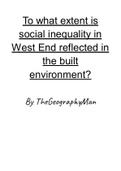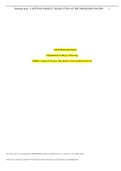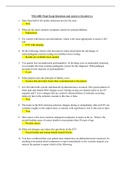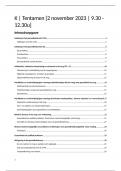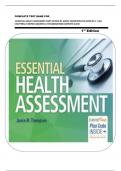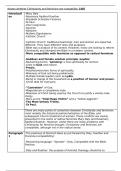Thesis
A Level Geography NEA - A* grade
- Institution
- AQA
This is an A* grade Geography NEA fieldwork investigation which you can use to help you with your own NEA. The NEA constitutes 20% of the AQA A level Geography course, so make sure you have put a lot of effort into yours. I would highly recommend this document to see a high grade example of what yo...
[Show more]
